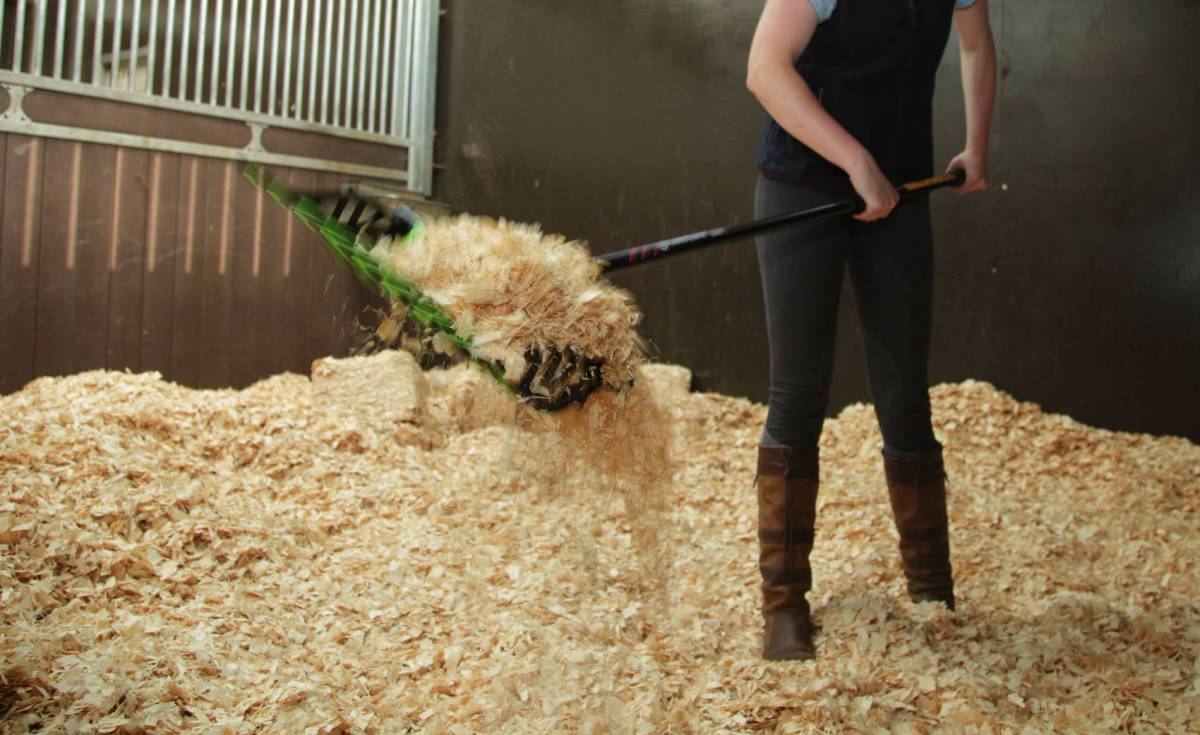In part two of our series on ‘understanding equine respiratory disease’ we look at the main causes, symptoms and effects of equine respiratory disease.
 Dr Emmanuelle van Erck Westergren is one of Europe’s leading equine vets specialising in respiratory disease. Over the past 10 years as an international consultant, Dr van Erck has treated hundreds of horses other vets have not been able to cure. Around 80% of these horses turn out to be suffering respiratory problems or disease.
Dr Emmanuelle van Erck Westergren is one of Europe’s leading equine vets specialising in respiratory disease. Over the past 10 years as an international consultant, Dr van Erck has treated hundreds of horses other vets have not been able to cure. Around 80% of these horses turn out to be suffering respiratory problems or disease.
What are the most common forms of equine respiratory disease?
The names seem to change over the years, but COPD, RA0, IAD and nowadays asthma have all been used for respiratory diseases in horses.
“COPD (Chronic Obstructive Pulmonary Disease) is really specific to humans, and it didn’t correspond 100% to what we were seeing in horses. So another name was given which was IAD (Inflammatory Airways Disease), which was really just a generic name to say that the horse had lower air inflammation.
“Then we realised there was a parallel between what was going on in the horse and what happens in asthmatic people, so those different names were then merged into the single term called equine asthma. This is a term that can scare some people, but it’s just a way of simply saying that the horse has lower airway inflammation that is non-infectious.
Inflammation seems to be the common factor in respiratory disease, and is dust the common cause?
Inflammation can be caused by any form of organic or inorganic dust – particles so small they can be suspended in the air and inhaled into a horse’s respiratory system. And the biggest cause of respiratory disease in horses is dust in their stables…
“Horses that are housed indoors have a higher percentage risk of having inflammation, because horses in stables are exposed to up to 50 times more dust and spores in the air they breathe than they are outside.
“Dust in the stable could be inert mineral dust, and it can also contain micro-organisms like dust mites or fungi or bacteria which present a more serious challenge to the horse’s immune system. But any type of dust can trigger an inflammatory reaction in the respiratory system, which is the body’s response to get rid of anything inhaled that shouldn’t be inside the airways in the first place.”
The response and symptoms can vary in degree, but the signs may not be obvious.
The effects will vary in severity, but any respiratory compromise will affect a horse’s health, wellbeing and performance – including speed, stamina, jumping power and dressage athleticism.
“Unlike humans, horses can only breathe through their nose, and they have very long airways which requires a lot of work from the respiratory muscles to get the air in and out. This is a limiting factor even when the horse is healthy and well trained but when you add in a respiratory problem you’re making the horse’s life even more difficult, because now he lacks oxygen, and oxygen powers the respiratory muscles.
“So a respiratory problem won’t necessarily cause obvious symptoms like a cough or discharge from the nose. The first symptom that tells you that your horse does not have enough oxygen is that he’s going to slow down, or is going to have less muscle power. So instead of having a horse that clears his course if he’s a jumping horse, or a horse that has very expressive movements in dressage for instance, that horse is going to change in the way that he works and he is going to slow down and perform less well.”
There is growing evidence that respiratory restrictions that reduce the oxygenation of a horse’s muscles may also lead to musculo-skeletal injury. And leading equine vets like Emmanuelle van Erck point out that respiratory problems will also affect your horse’s stress levels and mental wellbeing.
Getting rid of dust in the stable
“We inhale less than a litre of air in each breath, while horses are inhaling anywhere up to five times as much when they’re at rest. So it’s up to us humans to make sure the horse’s stable environment is as healthy as possible, and the biggest priority is minimising dust.
“We can choose whether we put dust in the stable or not. It’s important to try and find solutions to reduce the amount of dust in the forage, and choosing a bedding like Bedmax or Strawmax that minimises dust is very important, because that minimises the dust in his breathing zone, and it also allows a horse to rest with their nose in contact with something that is healthy, not something that is dusty and full of contaminants that are going to eventually irritate his airways and potentially cause respiratory disease.”




